What Causes Trichotillomania?
Trichotillomania is a form of obsessive-compulsive disorder (OCD) sometimes referred to as hair-pulling disorder. An obsession is some sort of intrusive thought, and trichotillomania's obsession is thoughts of hair pulling. A compulsion is a repetitive behavior, and trichotillomania's compulsion is pulling out hair. Individuals with trichotillomania usually pull out the hair on their head, eyebrows, or eyelashes. Sometimes, the patient pulls at the hair of the armpits, legs, and pubic region. This disorder is most common in young women, but the reasons for this are currently unknown. The best treatment for trichotillomania is cognitive-behavioral therapy, which focuses on stopping the compulsion and changing how an individual thinks. Get to know what can cause trichotillomania now.
Presence Of Other Mental Health Conditions
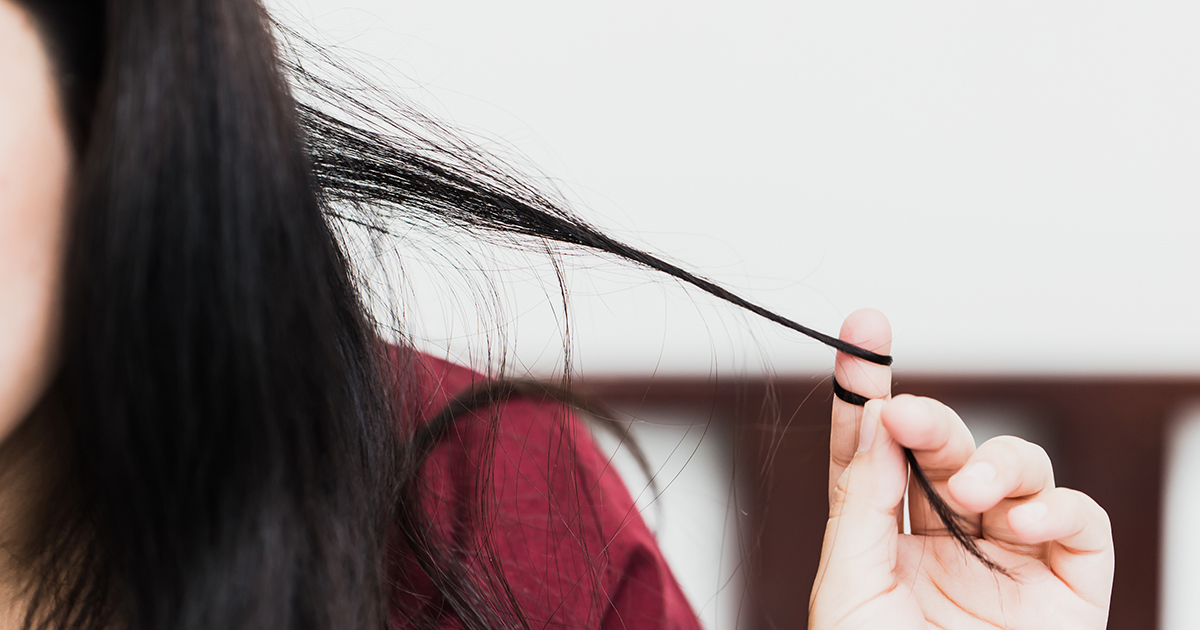
When someone has two or more co-occurring disorders, those disorders are said to be comorbid. Comorbidity can cause many complications, and the presence of other mental health conditions appears to increase the risk an individual has for developing trichotillomania. Since many mental disorders have general links in brain anatomy and physiology, as well as psychosocial causes, it is not surprising that having one increases the chance another will appear. Trichotillomania is closely related to obsessive-compulsive disorder, so individuals who have or have had OCD are more likely to develop this disorder. Having an anxiety disorder also increases the risk that someone will develop trichotillomania. Anxiety disorders and OCD have similar biological and psychological causes, and they both respond to similar treatments. Mood disorders have also been found to increase risk, but less severely than other obsessive-compulsive or anxiety disorders.
Get to know more about what may cause trichotillomania now.
Genetics And Family History
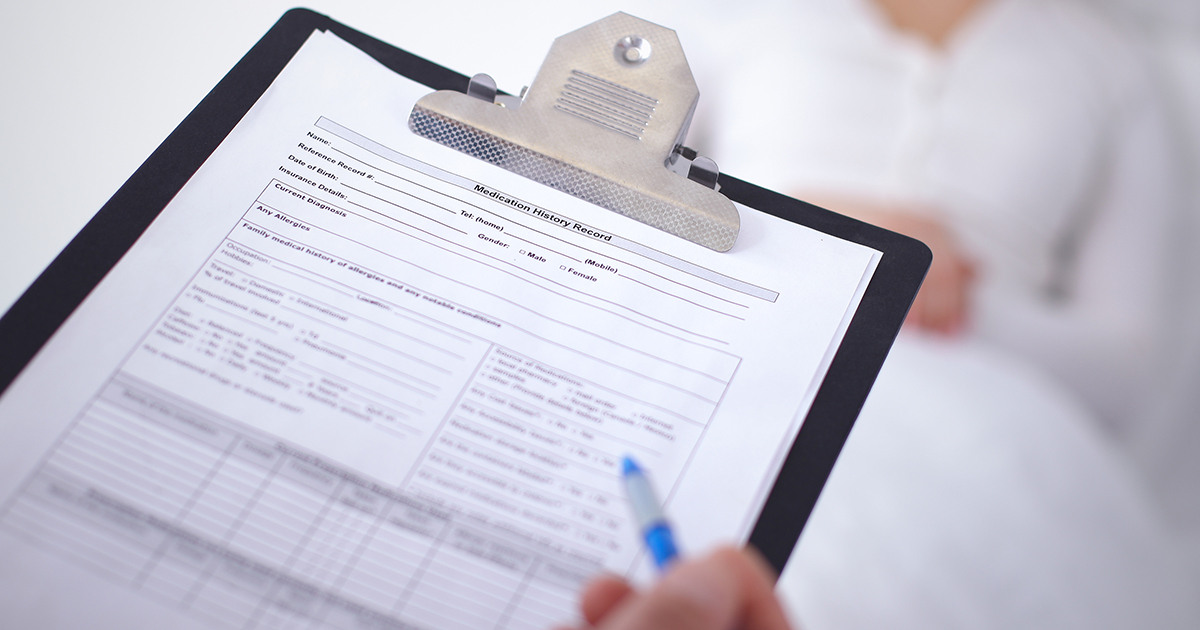
Trichotillomania is one of the many mental disorders affected by genetics and family history. Many studies have found trichotillomania tends to run in families, meaning individuals with parents or siblings with trichotillomania are more likely to develop it themselves. Most of those studies found a strong genetic link as the cause of trichotillomania. A genetic mutation in a specific gene has actually been to strongly increase an individual's risk for the disorder. Of course, having the gene is not enough for a person to have trichotillomania because genes and behavior interact in complicated ways. A person with the mutation may never develop trichotillomania despite having a stronger disposition. Additionally, the gene alone is insufficient as a cause because individuals without the gene can still develop trichotillomania.
Learn more about the causes of trichotillomania now.
Stress

Stress can be good, but it can also do a lot of harm to the body. In fact, psychologists refer to negative stress as distress. Distress occurs when a stressor causes an individual to react with fearful or avoidant behavior, physical symptoms like increased heart rate, and a negative mood. Distress is something that contributes to the development of trichotillomania in a few ways. One, distress from the unwanted thoughts about hair pulling pushes the person to compulsively pull their hair. Hair pulling causes the distress to vanish, further compelling an individual to hair pull in response to the obsession. Two, distress may cause the obsession to form in response to negative events or stressors that happen to a person. Once the obsession with pulling hair is present, the patient may feel compelled to pull their hair by the previously described mechanism.
Get to know more about some trichotillomania causes now.
Functional Or Structural Brain Abnormalities
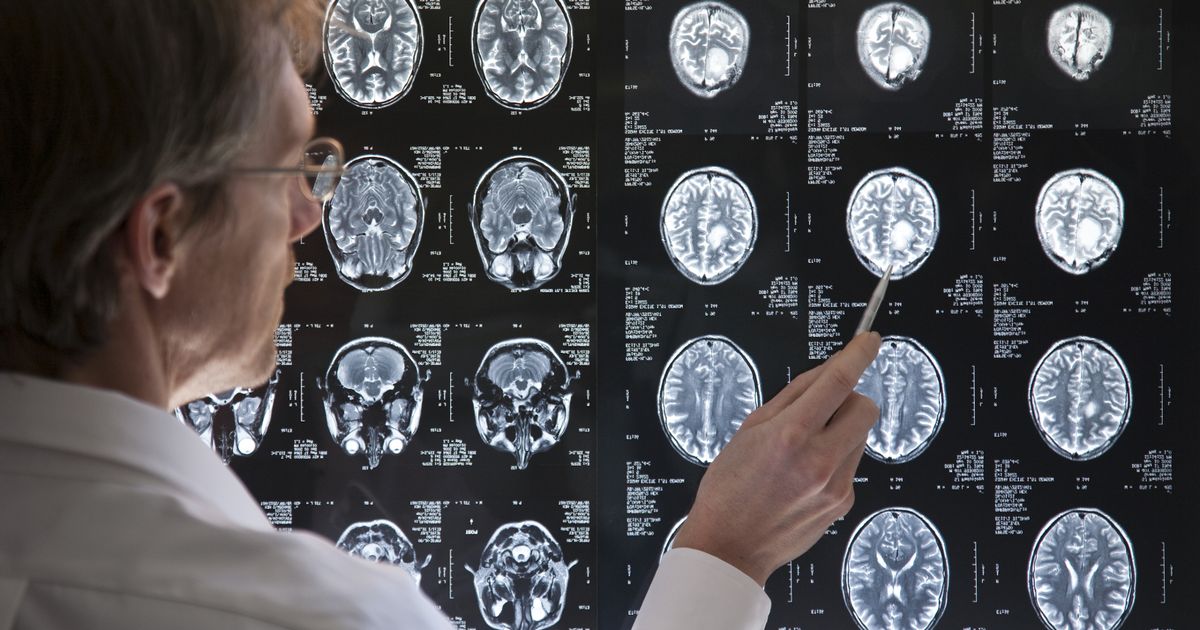
There are many psychologists and scientists who believe functional or structural brain abnormalities may cause trichotillomania. Studies have found the orbital frontal cortex, caudate nucleus, and thalamus could potentially cause trichotillomania if they become structurally or functionally abnormal because each plays a key role in suppressing and controlling unwanted, obsessive thoughts. Data in this field of study is still in its infancy, so the specific regions of the brain that may or may not be involved are still somewhat uncertain. Additionally, the mechanism through with these structural or functional abnormalities may contribute to trichotillomania are still unknown. More research is still needed, and the research currently out is conflicting in regards to this mechanism.
Consider the next cause of trichotillomania by reading more now.
Imbalance In Brain Chemicals
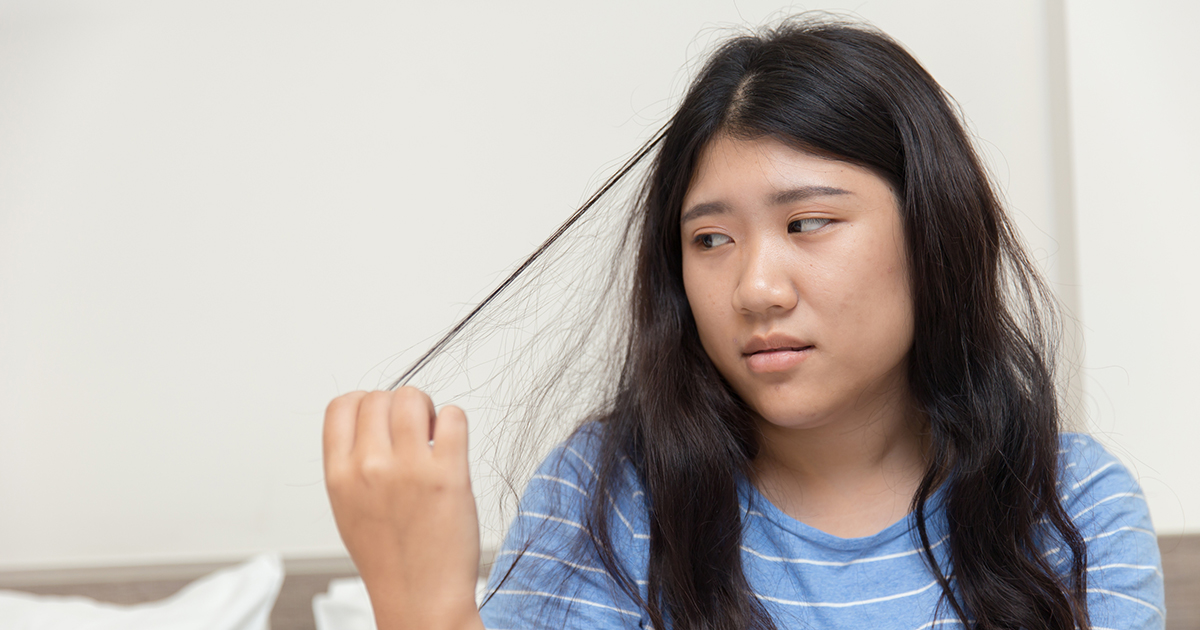
There is some evidence trichotillomania may be caused, in part, by an imbalance in brain chemicals. Neurons interact with each other and other cells through the use of electrochemical signals, so an imbalance of the chemicals used to communicate can cause many problems. Some scientists theorize individuals with trichotillomania have too little serotonin, which is largely responsible for making have a pleasant feeling. This theory stems from the fact patients with trichotillomania tend to respond well to selective serotonin reuptake inhibitors, but when the use of the drug stops, the individual typically will have a strong relapse in symptoms. Hormonal imbalance may also influence this disorder because it commonly presents itself in times when hormone levels are changing.
Learn more about what may result in trichotillomania now.
Seeking Relief from Severe Emotional Distress
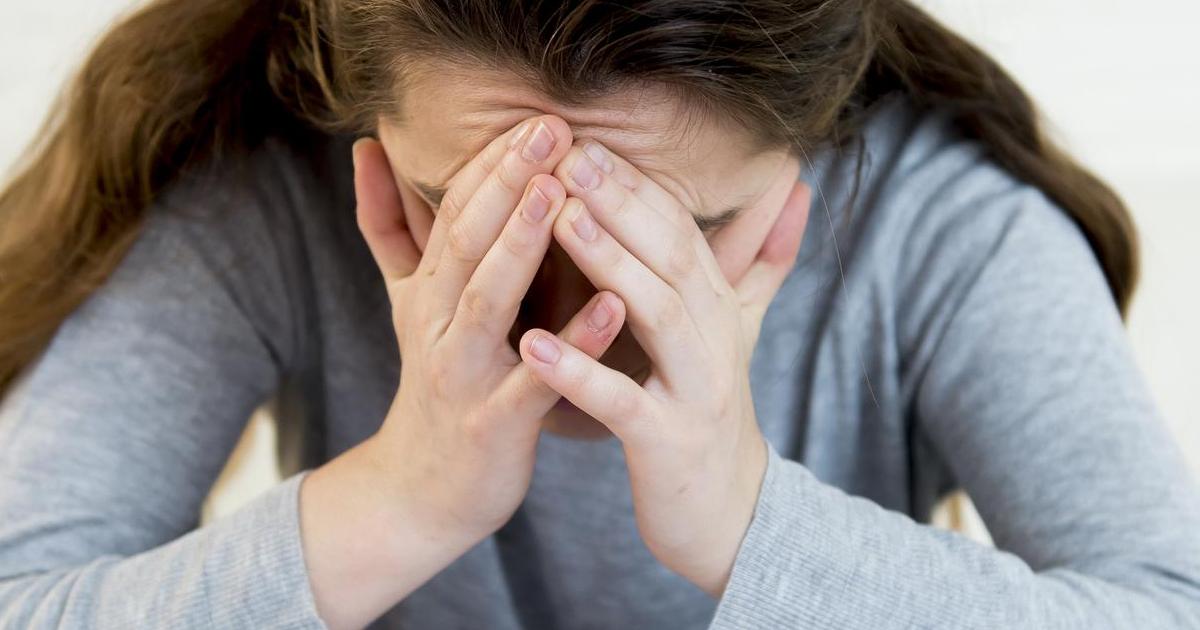
Trichotillomania episodes sometimes occur as a coping mechanism when someone is seeking relief from severe emotional distress. For some individuals, rituals associated with trichotillomania can be a way of calming down or decompressing. For others, the hair pulling is a form of self-harm. About fourteen percent of men and twenty percent of women have engaged in some form of self-harm at some point in their lives. The reasoning behind the relief is a neurological connection between physical and emotional pain. When the physical pain peaks and then ebbs, the emotional pain also ebbs with it. In addition, the brain releases healing chemicals when it detects a physical injury. However, there are ways to soothe this urge without injuring the body through trichotillomania episodes or other self-harm methods. Individuals trying to stop trich episodes related to self-harm may benefit from holding ice cubes until the urge subsides. Extreme cold activates the same portion of the brain that injury does.
Get more details on causes linked to trichotillomania now.
Occurrence Of An Aggravating Trigger
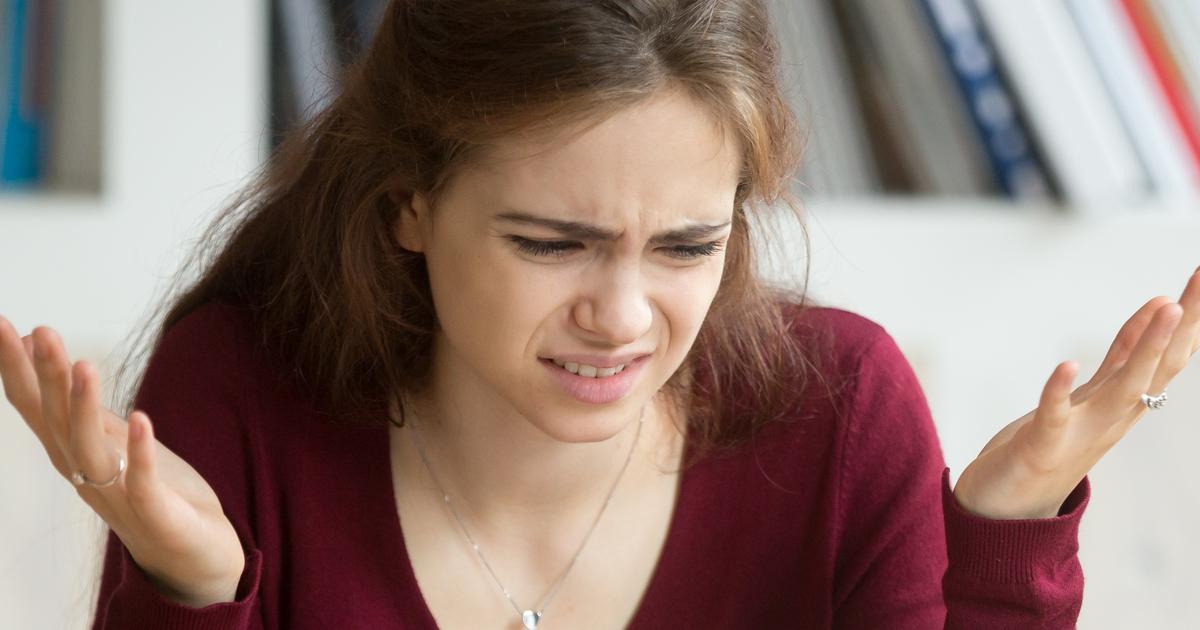
The occurrence of an aggravating trigger can lead to trichotillomania. One aggravation isn't enough to develop the disorder, but continuing aggravation may lead to hair-pulling patterns. When episodes are related to aggravation, they often resemble obsessive-compulsive disorder symptoms more than self-harm. The triggered brain begins engaging in obsessive thought spirals and compulsions. In the case of trichotillomania, the compulsions relate to hair pulling. Individuals may create elaborate rituals around their hair pulling or be selective about the kinds of hair they pull. Resisting these compulsions can be very difficult and cause increased distress even after the aggravating trigger has subsided. Aggravating triggers can be everything from sensory problems to irritation at others.
Learn about a related condition to trichotillomania now.
Relation To Dermatillomania
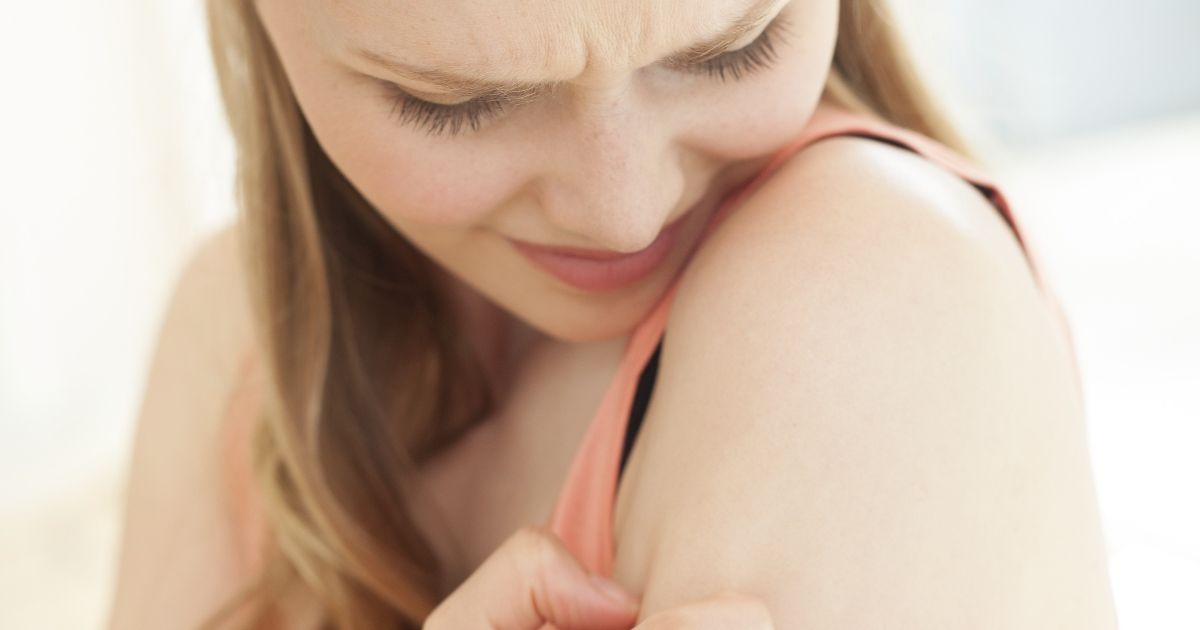
Dermatillomania, otherwise known as excoriation disorder, is a mental health disorder in which patients pick at their skin. Symptoms include recurring skin picking that results in injury, repeated attempts to cease, and significant impairment or distress related to the symptoms. These symptoms are also not caused by another medical condition or psychiatric issue. In one study of individuals with dermatillomania, an estimated thirty-eight percent of patients also had trichotillomania. The co-occurrence of these disorders may be because compulsive skin picking and hair pulling are both body-related behaviors that produce the same reactions in the brain. It's unclear whether dermatillomania and trichotillomania usually develop simultaneously, or whether having one predisposes an individual to developing the other later in life.
